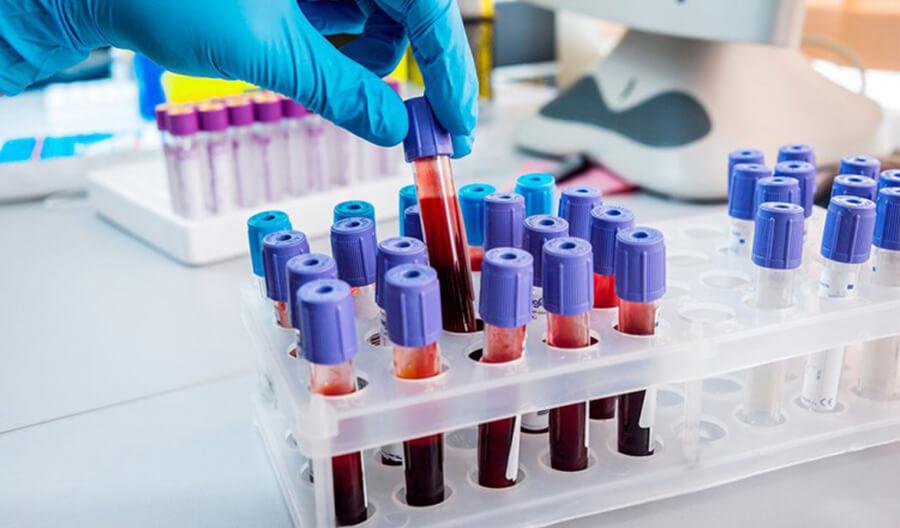Calls for Ukraine
Calls for Europe
Calls for USA

Systemic lupus erythematosus (SLE) is an autoimmune disease in which there is damage to the connective tissues and its derivatives. As a result of an excessive immune response, an active inflammatory process occurs, which can affect the skin, joints, heart, blood vessels, kidneys, and lungs.
This is a fairly rare pathology. According to statistics, SLE affects approximately 50 people per 100,000. In 80% of cases they are women. Most often, lupus occurs between the ages of 20-45, but it can also appear in childhood and the elderly. In children, the disease often has a severe course, which can cause dangerous complications and lead to death.
Lupus erythematosus is a disease that occurs due to a malfunction of the immune system. The activity of lymphocytes increases, specific antibodies are formed, which begin to attack the body’s own cells. As a result, tissues in different parts of the body become inflamed.
SLE is often severe. Lupus can affect many organs at the same time, causing serious complications. Therefore, it is very important to consult a doctor in time and choose the right treatment. MedTour will help you find a good clinic and an experienced doctor who specializes in the treatment of this disease and can offer effective therapy.
The causes of SLE have not yet been fully elucidated. However, today there are two groups of factors that affect the launch of pathology:
External factors that provoke SLE include:

The first signs of lupus erythematosus are skin rashes. A characteristic rash appears on the cheeks and bridge of the nose, which resembles butterfly wings. Also, rashes often occur on the body, neck, hands.
Other characteristic symptoms of systemic lupus erythematosus:
Anemia, itching, fever, gastrointestinal disturbances, swollen lymph nodes, and other symptoms may also occur.
SLE is often accompanied by dangerous complications such as pericarditis, myocarditis, nephritis, pneumonia, pleurisy, polyarthritis, diseases of the circulatory system, which also give additional symptoms.
Lupus is not a contagious disease and cannot be passed from person to person. The tendency to develop SLE can be passed from parent to child. But in order for a disease to arise, exposure to provoking factors is necessary.

Diagnosis of lupus erythematosus includes a number of studies. Laboratory methods are used, instrumental diagnostics are used (CT, MRI, X-ray of joints, ultrasound of internal organs). With the help of instrumental studies, the doctor will be able to determine which specific organs are affected by the disease and assess the severity of their damage. Tests will help detect specific antibodies that indicate SLE.
Blood tests for SLE include:
Other immunological tests may also be prescribed, a biopsy may be performed.
To date, SLE is considered an incurable disease. But with the right treatment, you can achieve a noticeable improvement in the condition and long-term remission. Even in severe cases, adequate therapy can have good prospects. And the sooner the pathology is accurately diagnosed and competent treatment is selected, the better the result will be.

Traditional treatment of lupus is carried out with the help of a complex of drugs. Your doctor may prescribe immunosuppressants, hormonal medications, non-steroidal anti-inflammatory drugs, and other medications. Therapy is selected individually, taking into account the characteristics of the patient’s health, the degree of activity of SLE and the organs that are involved in the inflammatory process.
However, standard treatment is not always effective enough, so there is a constant search for new methods. To date, cell therapy is one of the most promising methods.
Stem cells, which are used in the treatment of lupus, are extracted from the patient’s blood, adipose tissue, or bone marrow.
There are several options for the use of stem cells in autoimmune diseases. In severe cases, a kind of “restart” of the immune system can be carried out. For this purpose, a course of chemotherapy is first prescribed, and then hematopoietic stem cells are introduced into the patient’s body. Studies show that in more than 80% of patients after such treatment, the functioning of the immune system improves, and the work of the cardiovascular system, kidneys and other organs normalizes. But this is a rather difficult treatment.
Another technique is maintenance cell therapy. It is softer and more gentle, but quite effective. The doctor individually calculates the required amount of stem cells, after which they are injected into the patient intravenously. This leads to the fact that active regenerative processes begin in the body and the immune response decreases. This method allows you to achieve stable remission and can be used with different severity of the disease.
You can get SLE treatment with stem cells in Ukraine with Dr. Andriy Kovalchuk, surgeon, PhD. Andriy Kovalchuk uses stem cell regenerative therapy for various diseases, including systemic connective tissue diseases. He already has experience in this area and good results in achieving stable remission.
Here you can sign up for an online consultation with Dr. Andriy Kovalchuk!
Why is systemic lupus erythematosus dangerous?
SLE is considered one of the most dangerous autoimmune diseases. Its main danger is the simultaneous defeat of many organs. If you ignore the problem or apply inadequate treatment, the likelihood of dangerous complications is high. In severe cases, the liver is affected, often there is renal failure, heart disease (endocarditis, pericarditis, myocarditis, lung damage). And it can lead to death.
Which doctor should I contact with lupus erythematosus?
A rheumatologist deals with the diagnosis and treatment of this disease. However, due to the fact that this is a systemic disease that can affect different organs, it often becomes necessary to consult doctors of a different specialization, for example, a cardiologist, urologist, pulmonologist.
What are the features of SLE in children?
The symptoms of lupus erythematosus in children are similar to those in adults, but in a child, several organs and systems are more often affected at the same time. The course of the disease is more severe and the risk of death is greater. Therefore, if there is a suspicion that a child has lupus, you need to see a doctor as soon as possible, conduct an accurate diagnosis and select an effective treatment.
What are the benefits of stem cell treatment for lupus?
Conventional therapy is often not effective enough. In addition, it involves the long-term use of drugs that give side effects and eventually lead to a deterioration in the functioning of various organs. Cell therapy compares favorably with its effectiveness. The use of stem cells can reduce the activity of antibodies that attack the body’s own tissues, reduce inflammation and achieve long-term remission. After such treatment, the quality of human life is significantly improved.
Please rate the work of MedTour
